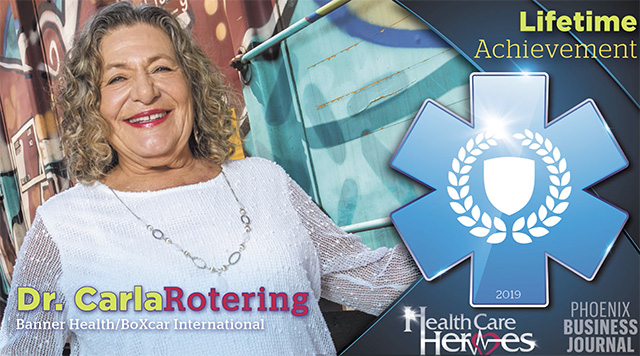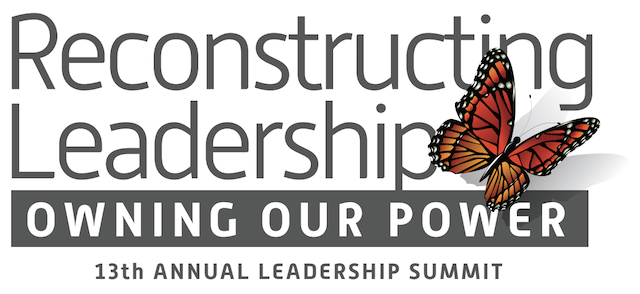Reflections for a New Year
The New Year is a wonderful time of reflection, to think about where we’ve been, where we are and where we want to be. Rather than making resolutions that slip away within a month, how can you use this time to create meaningful and intentional strategies for your professional future?
Where am I?
The first step in this reflection is to think about where you are in your career. Are you still on an upward path? Are you looking for new opportunities within your organization or across your profession? Are you in a position that satisfies you? How do you go deeper and continue to grow within the position? Are you winding down in your career? Ready for new but less demanding opportunities? And, do you have a realistic sense of direction – of your potential, of where you are and where you can go?
Who am I?
So step two is self-reflection, how much do we know ourselves. How open are we to possibilities? How much do we acknowledge our own strengths? How confident are we in our skills and capabilities? How comfortable are we in taking risks? How adept are we at looking into the future? How do we see ourselves as leaders?
This aspect of self-reflection can benefit from a variety of tools and assessments. Consider CliftonStrengths[1] (formerly Strengths Finder) that helps us learn which of some 36 strengths help us to best achieve our goals. When I think of my colleagues, I am always amazed by the talents they bring to the table. Dorothy Sisneros, one of Thunderbird’s managing partners, knocks my socks off all the time with two of her top strengths as a futurist and a maximizer. When we work together, I’ll talk about a plan (I’m very present oriented) and Dorothy will ask questions about future impacts and possibilities, things I never even begin to think about. She’ll think about how we can best use our people resources using her maximizer strength. I always learn from her perspective.
I recognize my own ability to synthesize ideas and take big picture concepts down to practical applications and appreciate detail-oriented people who ask questions to get us even further in implementation.
Knowing what we are good at, what we love to do and how to interface those skills with people who have other talents is critical to success. I want to talk more about the people interface in a minute, but first I want us to dig a little deeper into our own styles.
We’ve mentioned DiSC numerous times in our blogs…one of our favorite assessment tools. It helps to understand our way of approaching our work and allows us to consider how our preferred approach can be an asset or a liability.
So, as we consider future career decisions, DiSC can help us recognize where we are on a caution v. risk spectrum. Are you more likely to “ready, fire, aim,” or get paralyzed in analysis? I have a tendency to look at everything as possible and exciting – yes, I/we can do that. I’ve learned that it helps me to find more cautious people who will help me identify the risks, the questions that need to be answered before I jump in. By the same token, I’ve worked with folks who prefer a full year of planning before they implement a project. Together, we’ve found a middle ground to pilot strategies and get the project started sooner rather than later.
Where are you on the risk/caution spectrum? How does this relate to finding opportunities and being prepared to take them? In the McKinsey Quarterly[2], they report that women are more likely to believe they need 100% of requirements before they apply for a position, where men will reach for a new possibility if they have about 60% of requirements. What does this say about confidence (and social conditioning)? DiSC D’s and I’s are also more likely to take a leap where S’s and C’s will hold back, study, analyze and have higher expectations of themselves before they step forward.
How ready do you have to be?
Who Can Help?
And this is where the third step in reflection comes in: using colleagues, mentors and friends to help us expand our perspectives – whether to keep us from jumping without a parachute or moving us forward out of our comfort zone. Who are the people in your life who see you better than you see yourself? Who will challenge you, support you and encourage you?
As you reflect on your next steps, use your people resources to help you refine your focus on your self, your capacity and your potential. Brene Brown recommends identifying trusted friends and allies where you can be fully human and vulnerable. Who are the people in your life who can see you at your worst and be there will you, and still lift you up.
Tom Rath[3] describes 8 necessary roles people need to fill for us to achieve success in the workplace. He describes a “vital connection” as a person who “measurably improves your life or a person you can’t afford to live without.” Think about the important people in your life.
Rath’s eight roles are: navigator, connector, collaborator, builder, companion, champion, mind opener and energizer. No one person can or should fill all of these roles. As you consider your direction in 2020, who do you need right now in order to move to the next step in your career. Is it a mind opener? An energizer? A connector?
I think back to a mind opener in my life from very early in my career. I still remember a conversation I had with a professor when I was in graduate school. He said something to me about taking the lead on a project. I replied that I was not a leader, I was a follower. He looked at me earnestly and said, “that may have been true in the past, but it is not true now. You need to rethink how you define yourself.” That conversation happened some 40 years ago and I’ve never forgotten it. In that moment, I had to rethink who I was, eliminate old messages and baggage, and consider the possibility that I had leadership qualities.
How do you see yourself as a leader? Are you stuck in a singular, old leadership picture? How do you influence others? What skills and capacities do you bring to leadership? We know that the most effective leaders are thoughtful, humble, and good listeners as well as inspiring and visionary. Be careful that you do not recognize your own capacity for leadership and growth.
Who helps you rethink who you are? Who sees things in you that you don’t see in yourself? Jill, my colleague on this blog, is an amazing partner for me. Not only is she a collaborator, but she builds me up and increases my confidence in writing and she energizes me. Talking with her always leaves me more excited about my work.
Who Can I Help?
And that bring me to the fourth step in New Year’s reflections. Who do you support, build up, energize, champion, challenge? Consider that these roles are always a give and take. How are you growing others. Who can you invite into a conversation at the start of this New Year and help them see possibilities and opportunities they might otherwise miss?
References:
[1] https://www.gallup.com/cliftonstrengths/en/252137/home.aspx
[2] Desvaux, G. et. al. (September, 2008) A Business Case for Women, The McKinsey Quarterly.
[3] Rath, T. (2006). Vital Friends. Gallup Press: New York.








